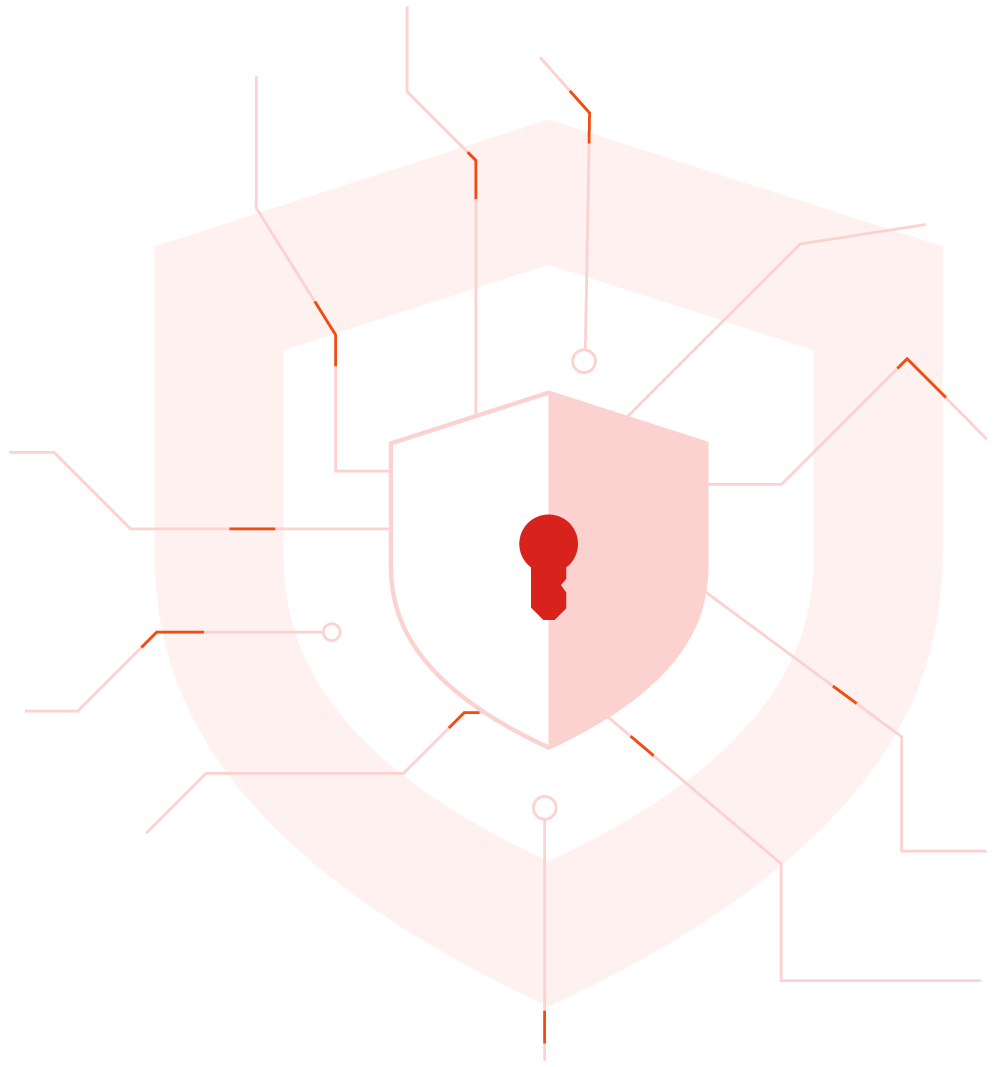Digital.
innovation.
accelerated
The Ferris Unified Real-Time Platform transforms your team into digital change heroes.
OUR PRODUCTS
SCROLL
Powered from Within
Harness the power of your data
With Ferris, you deliver data-driven use cases with the flexibility and speed today’s businesses require. It provides robustness and technological convergence for your CTO. And new levels of automation and reuse keep your CFO happy, as well.
Game-changing features:
Real-time
Secure genAI
Data mesh
Any cloud
Anything-as-code
Event streaming
Open standards
Enterprise ready
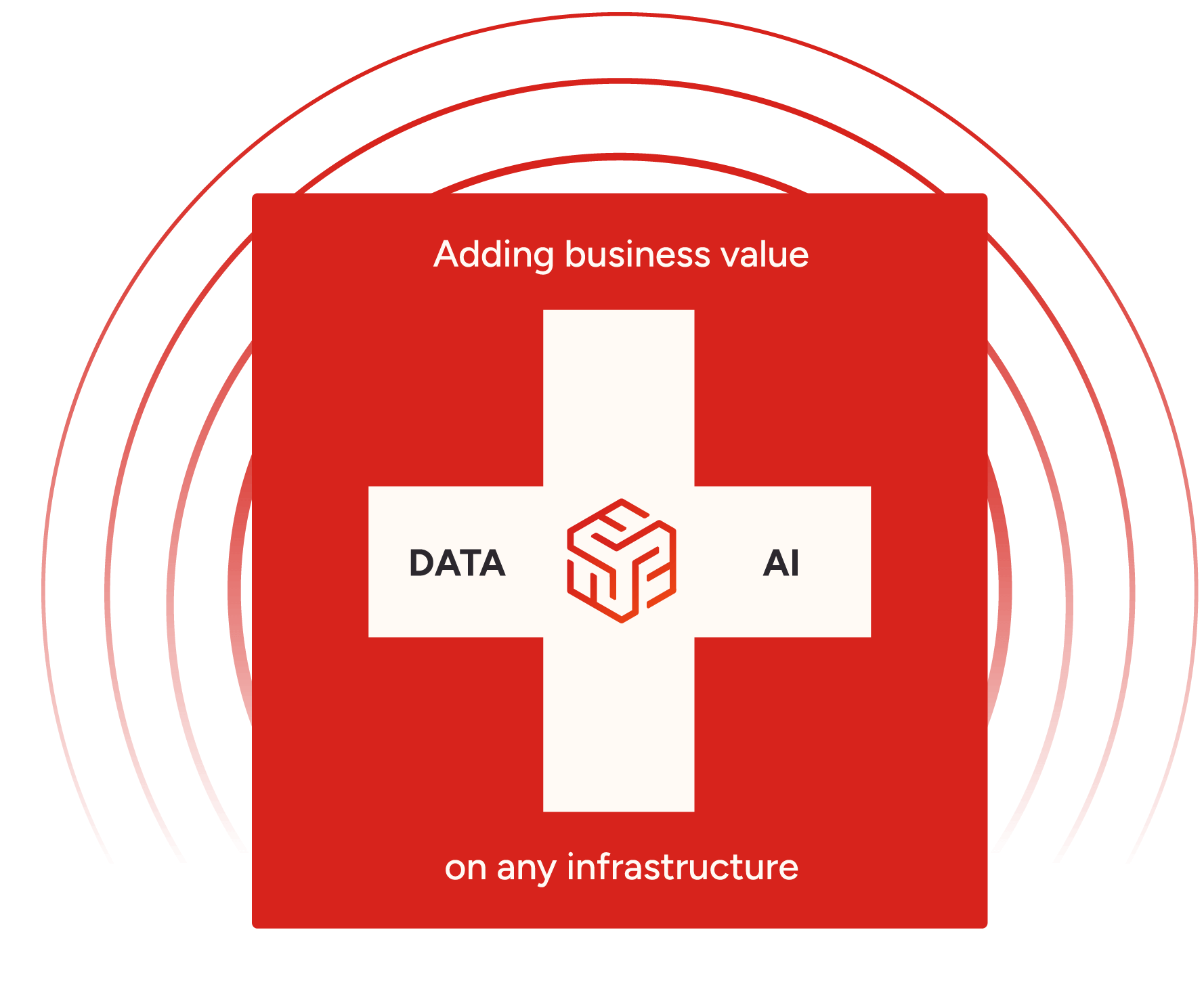
Discover the capabilities of the Ferris platform
Real-time
To anticipate your (client’s) next action, “now” is the default.
Too often, data, AI, and analytics-driven projects postpone real-time to a later, more mature stage. This approach is expensive and generates opportunity cost because use cases are not thought through with an operational, as-events-unfold mindset. The most important time is “now.”
Secure genAI
Many new opportunities exist, but it’s important to make it secure and work responsibly with them.
Generative AI and machine learning solutions test our human brains because they are based on mathematical constructs and probabilities. They are not capable of reasoning or of understanding abstract concepts. Hence, extra care and dilligence need to be put into use case design and testing.
Some popular examples include:
- Combining RAG and knowledge graphs on private documents
- Using local language models due to privacy concerns
- Fine-tuning models based on confidential enterprise data
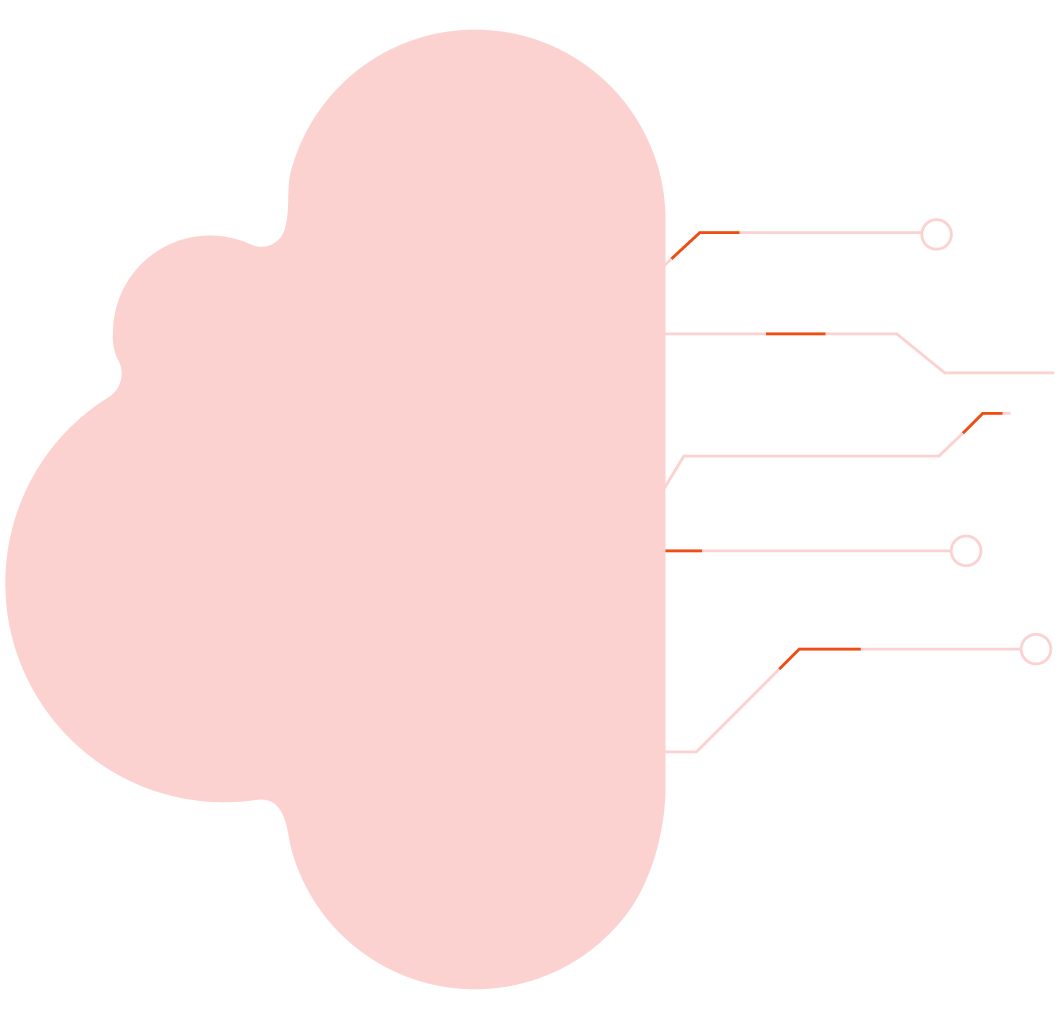
Data mesh
Data alone is like crude oil. The goal is to merge data governance, API-first and event-first technologies into a value-adding information refinery.
A data and service mesh extends raw information with actionable context. It ensures that data products can interact with their users and with other technology components. It also guarantees that this interaction follows common and standardized patterns. Essentially, the whole is bigger than the sum of its parts.
Some examples include:
- Synchronizing ERP data with client facing chatbots
- Wrapping legacy components with API business services
- Keeping process changes dynamic via event-based flows
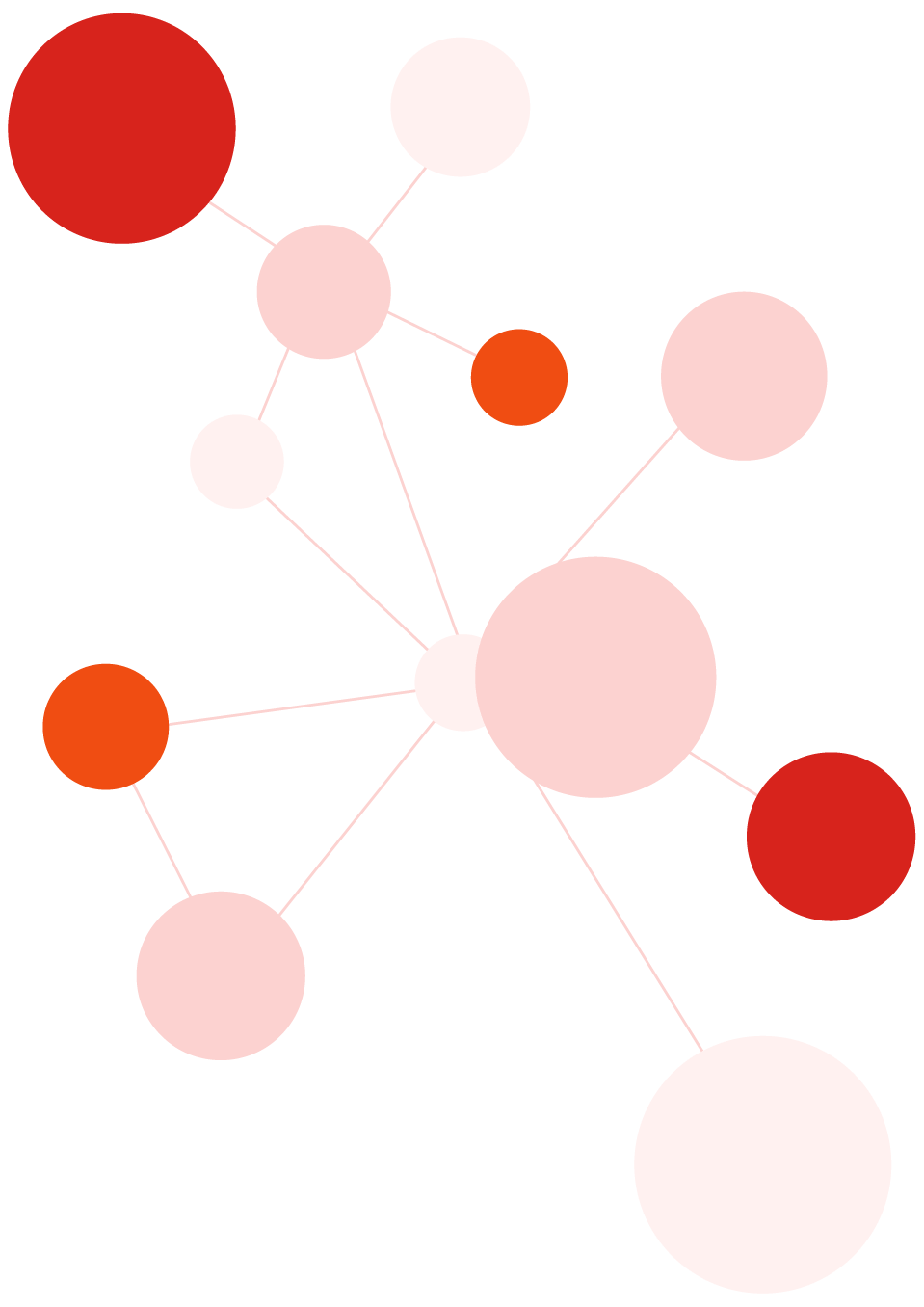
Any cloud
Connecting all your data, whether spread across clouds, in SaaS applications, or on-premise.
As technologies and business models evolve, all infrastructure partners will challenge their clients with new pricing and usage models. Protecting your investments while maintaining your competitive advantage requires remaining agnostic to the underlying technology and service provider.
Some scenarios include:
- Reducing lock-in to a single hyper-scaler by applying open standards
- Migrating proprietary solutions to open technology
- Cost-optimizing service usage across different SaaS providers
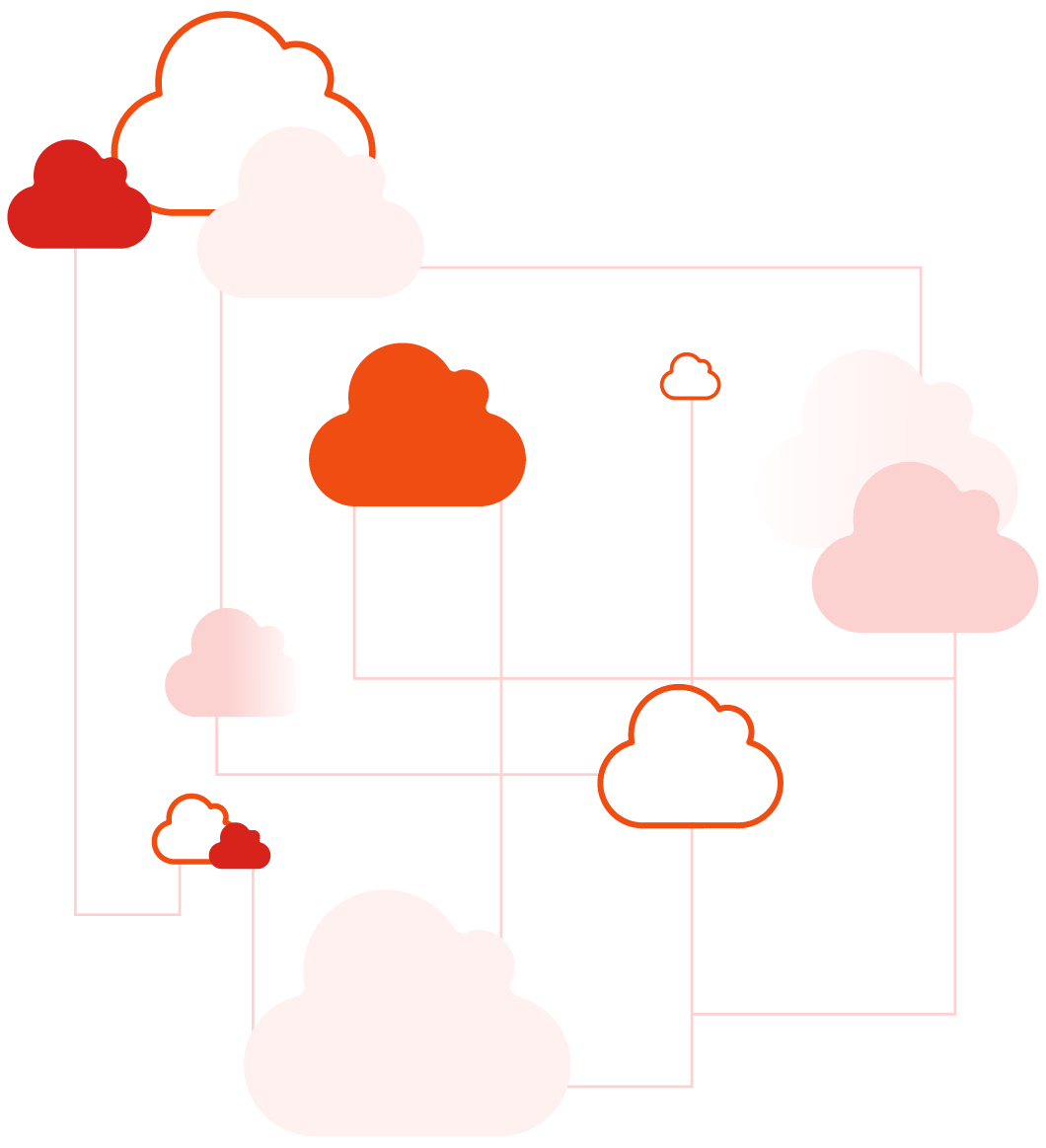
Anything-as-code
Descriptive design enables people and technology to speak a common language.
Do not fall into the “no code” trap. Clever marketing and fancy user interfaces seem intriguing and easy to learn. But they catch you in a web of complexities and generate huge lock-in. Instead, create scale and flexibility by opting for descriptive solutions where code is understandable to humans and machines.
Anything-as-code across the entire stack includes the following standards:
- Infrastructure as Code
- Security Policy as Code
- Schema / Data Model as Code
- API Templates as Code
- Event Orchestration as Code
- Service-Level-Objectives / Data Products as Code
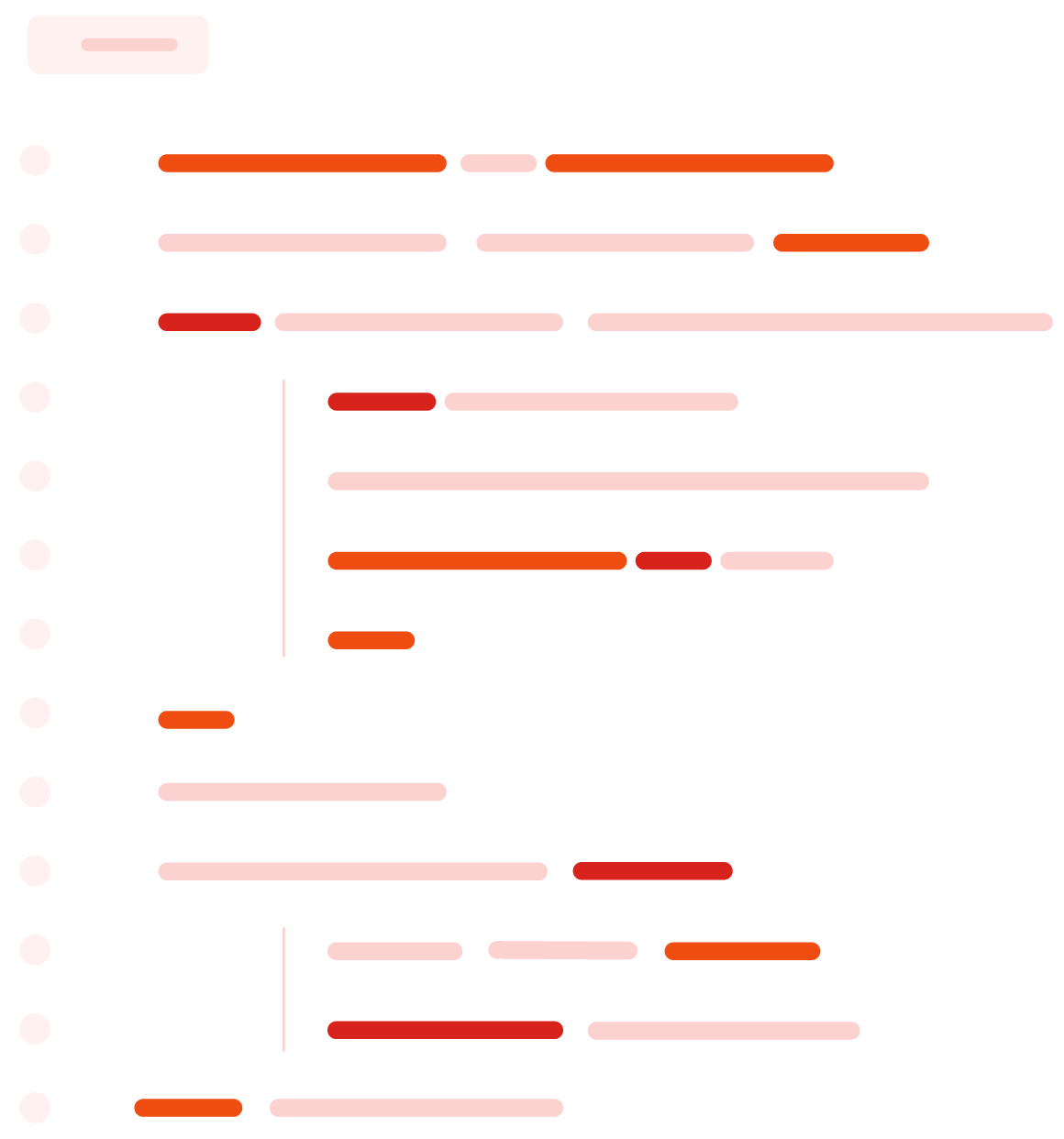
Event streaming
Stop hard-wiring your processes. Instead, choose dynamic event chains that eliminate rigid graphs.
Anticipating change is no easy feat. By opting for a dynamic business process design that treats every step as a single event in a larger series, you can stay fast and flexible. Think of a chain of dominoes that split as projects evolve – where and when required.
Some examples we implemented:
- ERP events trigger scraping data from the open web
- New contract creation triggering automated quality review assessment
- SLA metrics dropping below a threshold trigger notification cascade
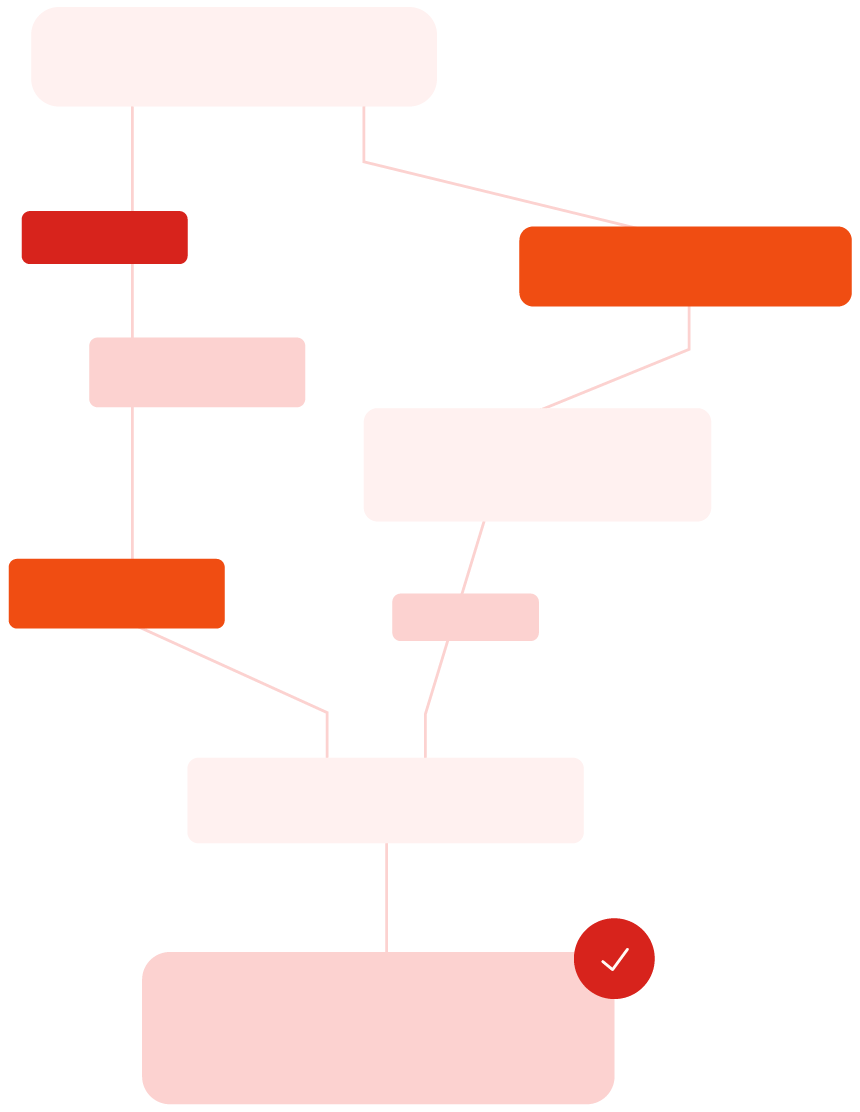
Open standards
With open standards across the entire stack, interoperability is a first principle.
As the world changes around us, different aspects move faster than others. In particular, open industry standards evolve in a more predicitable and reliable manner. This is why every technology component is optional and follows an open standard. There are also multiple alternatives for the actual technology selection.
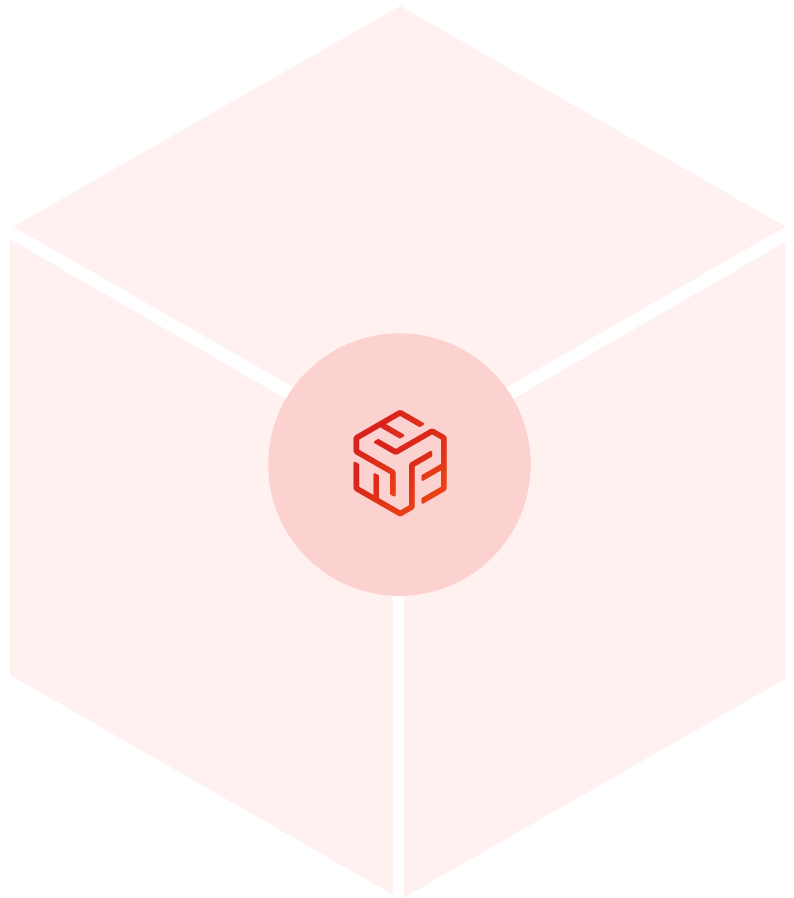
Enterprise ready
The Ferris platform is built for regulated industries, so the focus can be on clients and solutions.
Most clients do not want to spend their precious time, energy, or money on commodity decisions. This is why our platform is built to work with, and for, regulated industries. We prioritize security-by-design and compliance-first paradigms to enable our clients and partners to achieve competitive advantage, fast and securely.
